As we passed into Zavkhan, the province with the highest average elevation in Mongolia, the "main road" across northern Mongolia passed through a series of sand dunes that is supposedly the world's northernmost sandy desert. Needless to say Tonka quickly got stuck in the sand and once we freed ourselves we had to take a longer route around them to the south. We spent the two days through Zavkhan mostly on the truck but experienced some of the most magical scenery in Mongolia, true "Out There"/"Off the Beaten Track" travel through a wild region almost no tourists ever visit. I keep wondering why it seems to take so long to travel through what looks like relatively short distances on the map but then realize we're rarely moving faster than about 20 MPH, frequently getting bogged down or having to take detours, and stopping almost hourly for toilet breaks. Along the way we also frequently encounter wooden bridges across shallow rivers, some of which appear strong enough to carry Tonka's weight (most of us get off and walk across ahead anyway, just in case) while others have much lower posted weight limits and the drivers must find a place for Tonka to ford.
In the evenings we slept in our tents on the spongy permafrost ground at beautiful lakeside campsites, bathed in their frigid waters, sat around the campfire under a star spangled sky, and listened to wolves howling through night
. The night Vanya and I had our wrestling match Little Ben decided to head off with his huge rucksack full off camping and survival gear, hike up a nearby mountain, and sleep in his billybag under the stars for a true wilderness experience. I was neither so brave nor so well equipped to camp out on my own on a mountain but decided to join Vanya for a night-time hike by flashlight up the mountain to check up on Ben, easy to locate by the roaring fire he had going.
The few small settlements we passed had names like Zuungov, Tes, and Bayantes and appeared almost deserted, most of their residents having relocated their gers out to the countryside for the summer or having moved permanently to Ulaan Bataar. Even the very well maintained looking temple we visited on a hill on the outskirts of Bayantes seemed closed for the season. Meanwhile, many of the yurts we passed along the way had satellite dishes and solar panels besides them or on their roofs and some of the men we saw tending their herds on horseback or motorcycles carried satellite phone with them, amazing adaptations of some fairly advanced technology to a very traditional nomadic lifestyle
.
Nevertheless, Mongolia is still a natural paradise and one of last free places on earth, a land without paved roads, industrial smog, night light pollution, utility pylons, telephone poles, fences, or private land ownership. Mongolia is not only everything I had dreamed it to be but also corresponds to what I have always envisioned the American West must once have been like before so much of it was disfigured by the blight of modern civilization's dams and open pit mines, tract house developments and golf courses, strip malls and fast food joints.
As in other parts of the world I've traveled with Dragoman, we frequently have visitors to our campsites in Mongolia. However, the Mongolians whose territory we camp on generally behave a bit differently than people in other countries towards a group of foreigners in a truck the likes of which they've never seen before. While in China, Central Asia, and Africa large groups of people typically congregate around us and stare at us and stare from the periphery, in Mongolia usually one or two men arrive together on horseback or motorcycle, stop and get off, and wander confidently into the middle of the camp to take advantage of the customary hospitality that is expected.
Zavkhan Province, Mongolia
Wednesday, June 13, 2007
 Altay, Dzavhan, Mongolia
Altay, Dzavhan, Mongolia
Other Entries
-
36Southern Steppes of Russia
May 1034 days prior Alekseyevka, Russian Federationphoto_camera34videocam 0comment 0
Alekseyevka, Russian Federationphoto_camera34videocam 0comment 0 -
37Trouble at the Border - Tonka gets arrested!
May 1133 days prior Mashtakov, Russian Federationphoto_camera3videocam 0comment 0
Mashtakov, Russian Federationphoto_camera3videocam 0comment 0 -
38Uralsk, Kazakhstan
May 1430 days prior Uralsk, Kazakhstanphoto_camera17videocam 0comment 0
Uralsk, Kazakhstanphoto_camera17videocam 0comment 0 -
39Train Voyage from Uralsk to Aral
May 1529 days prior Aqtöbe, Kazakhstanphoto_camera23videocam 0comment 0
Aqtöbe, Kazakhstanphoto_camera23videocam 0comment 0 -
40Aral & the Aral Sea, Kazakhstan
May 1727 days prior Aral, Kazakhstanphoto_camera82videocam 0comment 0
Aral, Kazakhstanphoto_camera82videocam 0comment 0 -
41Baikanur Russian Space Center, Kazakhstan
May 1925 days prior Baikonur, Kazakhstanphoto_camera65videocam 0comment 0
Baikonur, Kazakhstanphoto_camera65videocam 0comment 0 -
42Crossing the Kyzyl-Kum Desert, Kazakhstan
May 2123 days prior Kyzylorda, Kazakhstanphoto_camera2videocam 0comment 0
Kyzylorda, Kazakhstanphoto_camera2videocam 0comment 0 -
43Turkistan, Kazakhstan
May 2321 days prior Turkistan, Kazakhstanphoto_camera53videocam 0comment 0
Turkistan, Kazakhstanphoto_camera53videocam 0comment 0 -
44Aksu-Zhabagly National Park, Kazakhstan
May 2519 days prior Aksu-zhabagly, Kazakhstanphoto_camera132videocam 0comment 0
Aksu-zhabagly, Kazakhstanphoto_camera132videocam 0comment 0 -
45Almaty, Kazakhstan
May 2816 days prior Almaty, Kazakhstanphoto_camera86videocam 0comment 0
Almaty, Kazakhstanphoto_camera86videocam 0comment 0 -
46Medeo & Shymbulak, Kazakhstan
May 2915 days prior Almaarasan, Kazakhstanphoto_camera72videocam 0comment 0
Almaarasan, Kazakhstanphoto_camera72videocam 0comment 0 -
47Journey Through Eastern Kazakhstan, Part I
Jun 0112 days prior Ayagoz, Kazakhstanphoto_camera51videocam 0comment 0
Ayagoz, Kazakhstanphoto_camera51videocam 0comment 0 -
48Journey Through Eastern Kazakhstan, Part II
Jun 0310 days prior Öskemen, Kazakhstanphoto_camera28videocam 0comment 0
Öskemen, Kazakhstanphoto_camera28videocam 0comment 0 -
49Siberian Altai Region, Russia
Jun 058 days prior Barnaul, Russian Federationphoto_camera48videocam 0comment 0
Barnaul, Russian Federationphoto_camera48videocam 0comment 0 -
50Altai Republic, Siberian Russia
Jun 076 days prior Gorno-Altaysk, Russian Federationphoto_camera115videocam 0comment 0
Gorno-Altaysk, Russian Federationphoto_camera115videocam 0comment 0 -
51Bayan Olgi Province, Mongolia
Jun 094 days prior Nogoonnuur, Mongoliaphoto_camera81videocam 0comment 0
Nogoonnuur, Mongoliaphoto_camera81videocam 0comment 0 -
52Uvs Province, Mongolia
Jun 112 days prior Ulaangom, Mongoliaphoto_camera56videocam 0comment 0
Ulaangom, Mongoliaphoto_camera56videocam 0comment 0 -
53Zavkhan Province, Mongolia
Jun 13 Altay, Mongoliaphoto_camera77videocam 0comment 0
Altay, Mongoliaphoto_camera77videocam 0comment 0 -
54Mongolian Wrestling
Jun 141 day later Asgat, Mongoliaphoto_camera27videocam 0comment 0
Asgat, Mongoliaphoto_camera27videocam 0comment 0 -
55Khovsgol Province, Mongolia
Jun 152 days later Moron, Mongoliaphoto_camera74videocam 0comment 0
Moron, Mongoliaphoto_camera74videocam 0comment 0 -
56Khovsgol Lake, Mongolia
Jun 174 days later Hatgal, Mongoliaphoto_camera79videocam 0comment 0
Hatgal, Mongoliaphoto_camera79videocam 0comment 0 -
57Northern Arvaikheer Province, Mongolia
Jun 185 days later Bayan-Uhaa, Mongoliaphoto_camera71videocam 0comment 0
Bayan-Uhaa, Mongoliaphoto_camera71videocam 0comment 0 -
58Tsaagan Nuur Lake & Khorgo Volcano, Mongolia
Jun 196 days later Horgo, Mongoliaphoto_camera48videocam 0comment 0
Horgo, Mongoliaphoto_camera48videocam 0comment 0 -
59Mongolian Food
Jun 207 days later Horgo, Mongoliaphoto_camera50videocam 0comment 0
Horgo, Mongoliaphoto_camera50videocam 0comment 0 -
60Tsetserleg and Tsenher Hot Springs, Mongolia
Jun 218 days later Tsetserleg, Mongoliaphoto_camera73videocam 0comment 0
Tsetserleg, Mongoliaphoto_camera73videocam 0comment 0 -
61Genghis Khan's Capital - Kharkhorin, Mongolia
Jun 229 days later Kharkhorin, Mongoliaphoto_camera53videocam 0comment 0
Kharkhorin, Mongoliaphoto_camera53videocam 0comment 0 -
62Ovorkhangai Province, Mongolia
Jun 2411 days later Arvaikheer, Mongoliaphoto_camera73videocam 0comment 0
Arvaikheer, Mongoliaphoto_camera73videocam 0comment 0 -
63Mongolian Road Mishaps
Jun 2512 days later Hovd, Mongoliaphoto_camera33videocam 0comment 0
Hovd, Mongoliaphoto_camera33videocam 0comment 0 -
64Khogorin Els Sand Dunes, Gobi Desert, Mongolia
Jun 2613 days later Dalandzadgad, Mongoliaphoto_camera103videocam 0comment 0
Dalandzadgad, Mongoliaphoto_camera103videocam 0comment 0 -
65Bayan Zag Flaming Cliffs, Gobi Desert, Mongolia
Jun 2815 days later Üydzen, Mongoliaphoto_camera66videocam 0comment 0
Üydzen, Mongoliaphoto_camera66videocam 0comment 0 -
66Yolin Am Ice Canyon, Gobi Desert, Mongolia
Jun 3017 days later Tsohyootoyn Hiid, Mongoliaphoto_camera63videocam 0comment 0
Tsohyootoyn Hiid, Mongoliaphoto_camera63videocam 0comment 0 -
67Crossing the Southeast Gobi to China, Mongolia
Jul 0219 days later Hövsgöl, Mongoliaphoto_camera65videocam 0comment 0
Hövsgöl, Mongoliaphoto_camera65videocam 0comment 0 -
68Elianhot, China
Jul 0421 days later Erlianhot, Chinaphoto_camera16videocam 0comment 0
Erlianhot, Chinaphoto_camera16videocam 0comment 0 -
69Onward to Beijing, China
Jul 0724 days later Huairou, Chinaphoto_camera48videocam 0comment 0
Huairou, Chinaphoto_camera48videocam 0comment 0 -
70Beijing, China
Jul 0825 days later Beijing, Chinaphoto_camera121videocam 0comment 0
Beijing, Chinaphoto_camera121videocam 0comment 0 -
71Yonghedong Monastery, Beijing
Jul 0926 days later Beijing, Chinaphoto_camera13videocam 0comment 0
Beijing, Chinaphoto_camera13videocam 0comment 0

 Altay, Dzavhan, Mongolia
Altay, Dzavhan, Mongolia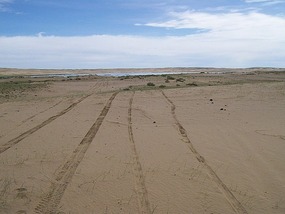
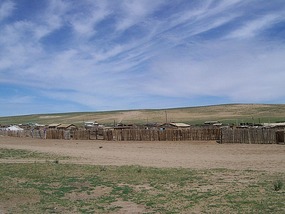




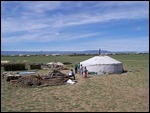
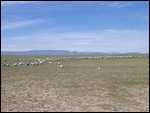
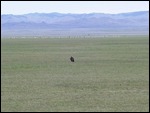
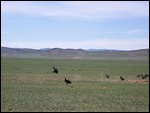
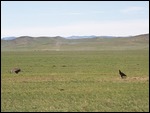
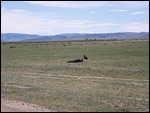
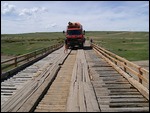
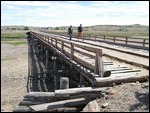
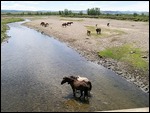
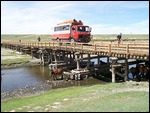
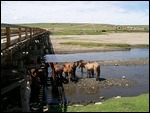
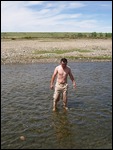
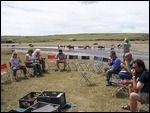
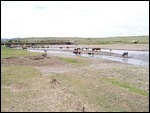
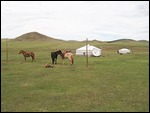
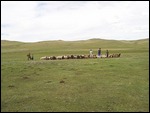
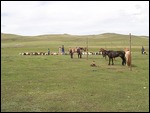
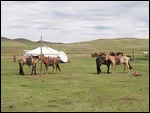
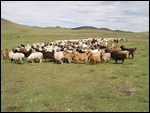
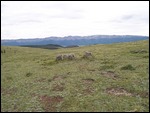
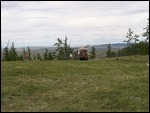
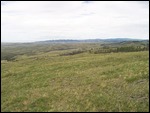

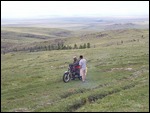
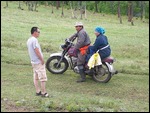
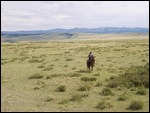
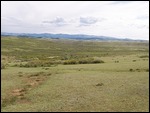
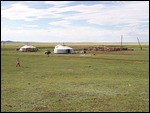
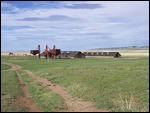
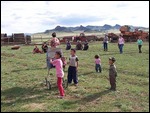
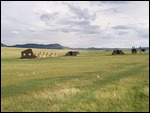
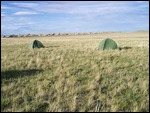
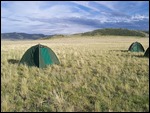
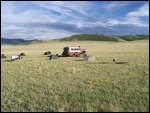
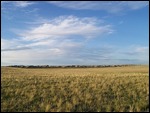
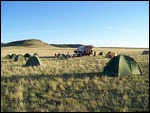
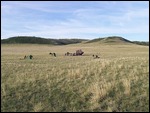
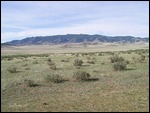
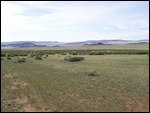

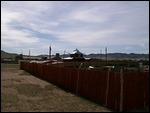
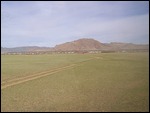
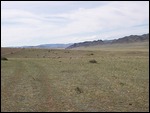

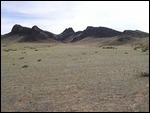
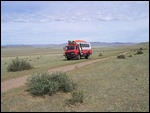
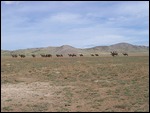
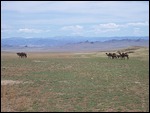
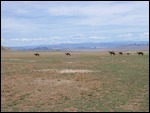
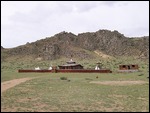
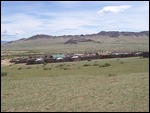
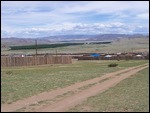
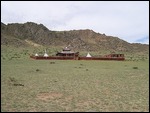
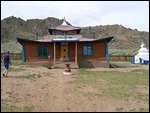
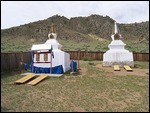
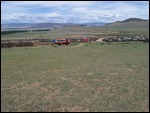
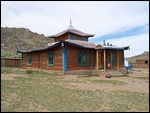
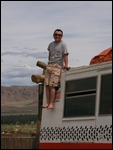
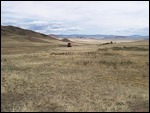
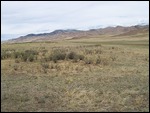
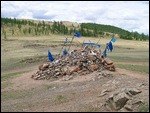
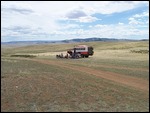

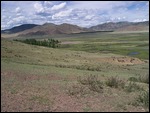
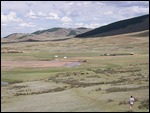
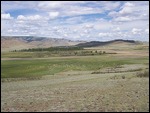
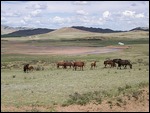
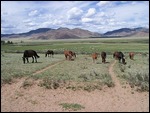
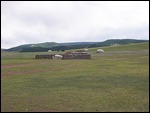
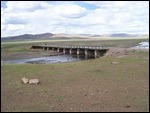
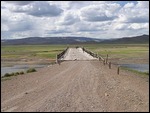
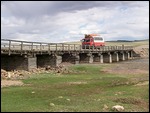

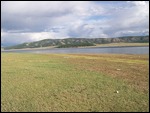
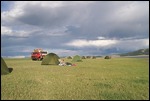
2025-05-23